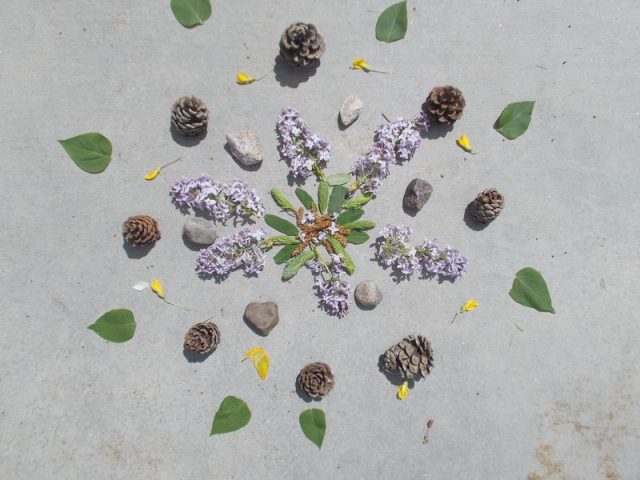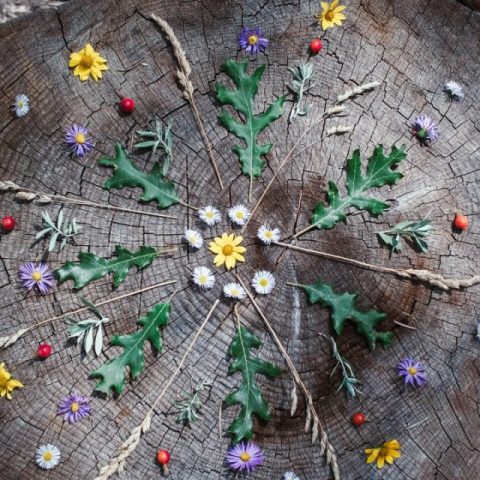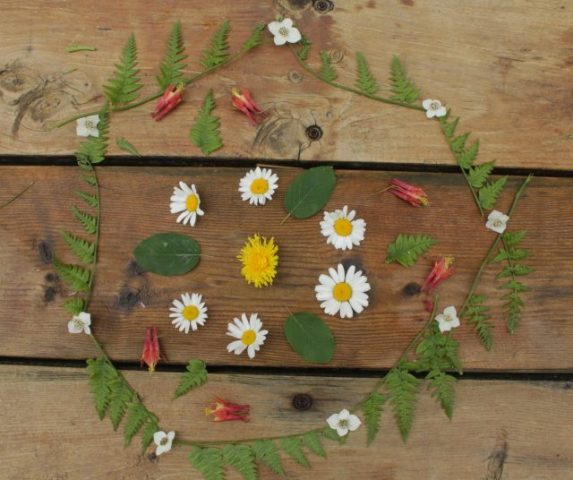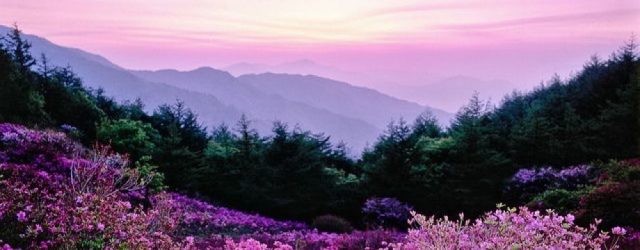 The weather has been so incredible lately, I wanted to share a science/math idea that you could easily take outdoors! But before I do that, I want to take a moment to talk about it: our beautiful outdoors.
The weather has been so incredible lately, I wanted to share a science/math idea that you could easily take outdoors! But before I do that, I want to take a moment to talk about it: our beautiful outdoors.
I am incredibly privileged to live, work, and explore where I do, on the traditional, and unceded, territories of the səl̓ilwətaɁɬ təməxʷ (Tsleil-Waututh), Skwxwú7mesh-ulh Temíx̱w (Squamish), S’ólh Téméxw (Stó:lō), and šxʷməθkʷəy̓əmaɁɬ təməxʷ (Musqueam) Nations, whose families and ancestors have been stewards of these lands since time immemorial. In order to appreciate where I am able to live, I must also do the work to explore the history of these lands, and how these Nations have been impacted by our country’s history. It has not often been fair, or just. I am dedicated to keeping my knowledge of the history of this area, and this country, at the heart of my lessons and perspectives. When Div. 11 goes for a nature walk, and identifies our cedar tree, we recognize that First Nations have been taking care of these cedar trees for a long, long time. We are not the first to appreciate where we live, and in order for us to do so from a place of respect, we have to start by acknowledging who has done so long before us.
A shíshálh (Sechelt) Nation nature idea that was shared with me that I would like you to consider, is creating a nature mandala!
Head outside (maybe bring a bag with you to carry your items), and start looking closely at what you see on the ground. What kind of plants? What kinds of sticks? What colours do you see? What shapes? Collect natural materials (this could include rocks, sticks, leaves, pinecones, pine needles, flower petals – anything you see on the ground already, remember, we’re not plucking things off of living plants or animals!), and then decide where to make your mandala (back at home? in a shaded spot in the foreset?).
To start your mandala, pick one of your natural materials to place in the middle of your work area. Use your other materials to create at least five rings around your centrepiece, a little bit like tree rings. Try to create recurring patterns!



Creating a nature mandala is a calming and relaxing activity (for you and the student!) which is great for nurturing creativity, while also hitting BC Curriculum Big Ideas for Math:
Grade 1:
– Repeating elements in patterns can be identified;
– Objects and shapes have attributes that can be described, measured, and compared;
– Repeating patterns with multiple elements and attributes, and
Grade 2:
– The regular change in increasing patterns can be identified and used to make generalizations (exploring more complex patterns (e.g. positional patterns, circular patterns);
– Processing and Analyzing data and information by: experiencing and interpreting the local environment; and identifying simple patterns and connections,
– Evaluating by: considering some environmental consequences of their actions,
– Applying and Innovating by: generating and introducing new or refined ideas when problem solving, and
– Communicating by: communicating observations and ideas using oral or written language, drawing, or role-play; and expressing and reflecting on personal experiences of place.
See if your student can try to draw their nature mandala on a piece of paper, working in pencil before outlining in black marker, and then colouring in all the details!
Feel free to send me pictures so that we can share our nature patterns with each other!


